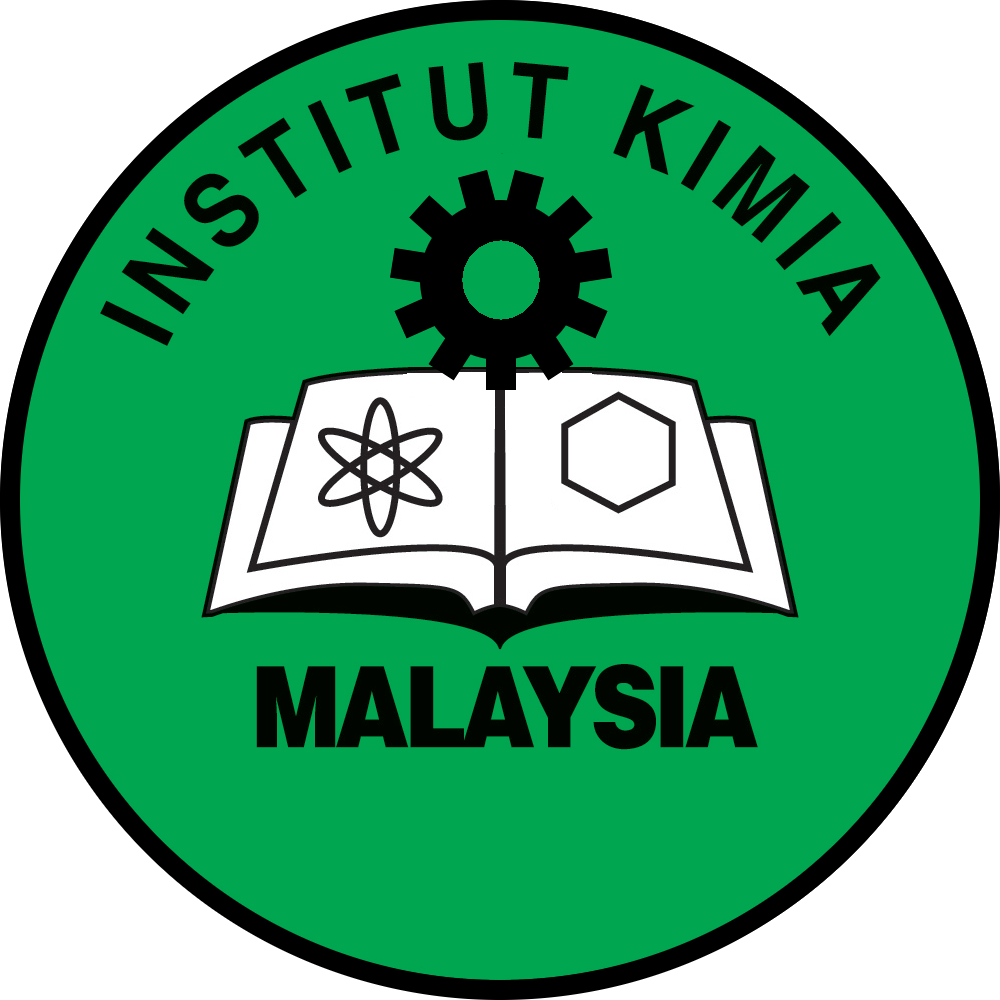Effect of TiO2 Content in Activated Carbon-Supported TiO2 for Paracetamol Degradation under Low Intensity UVC Light
DOI: https://doi.org/10.55373/mjchem.v26i6.72
Keywords: Activated carbon; paracetamol; photocatalysis; titanium dioxide; water recovery
Abstract
The current work describes the facile fabrication and characterization of activated carbon (AC)-supported titanium dioxide (TiO2) photocatalysts for the degradation of paracetamol under low intensity UVC light. The synthesized photocatalysts were characterized using various techniques such as X-ray diffraction (XRD), scanning electron microscopy (SEM), photoluminescence (PL) and ultraviolet–visible, near-infrared (UV–vis NIR) spectrophotometry. The effect of varying TiO2 content with different mass ratios of AC and TiO2 on the catalytic activity was thoroughly examined. SEM images of the AC-TiO2 composites exhibited rough surfaces with small, aggregated particles on top. XRD patterns of pure TiO2 and AC-TiO2 showed characteristics of anatase. Optical characterization results showed that the TiO2 and AC-TiO2 composite photocatalysts displayed a strong emission peak at 408 nm in PL analysis and reduced band gap energies for the AC-TiO2 composites compared to pure TiO2, in the range of 3.13–3.18 eV. The results indicate that the incorporation of up to 1.5 g of TiO2 on AC significantly enhanced the degradation efficiency of paracetamol to a maximum of ~90 %. The rate constants k1 and k2 were 0.0165 and 0.8684 min-1, respectively. The pseudo second-order model was shown to be the best-fitting model for the breakdown of paracetamol in aqueous solution. The electron-hole pairs were spatially separated due to strong and advantageous interactions between TiO2 and AC, which inhibited charge recombination. This led to higher degradation percentages with increased TiO2 content. The AC-TiO2 composite photocatalysts exhibit promising potential for degrading pharmaceutical pollutants under environmentally relevant conditions.
